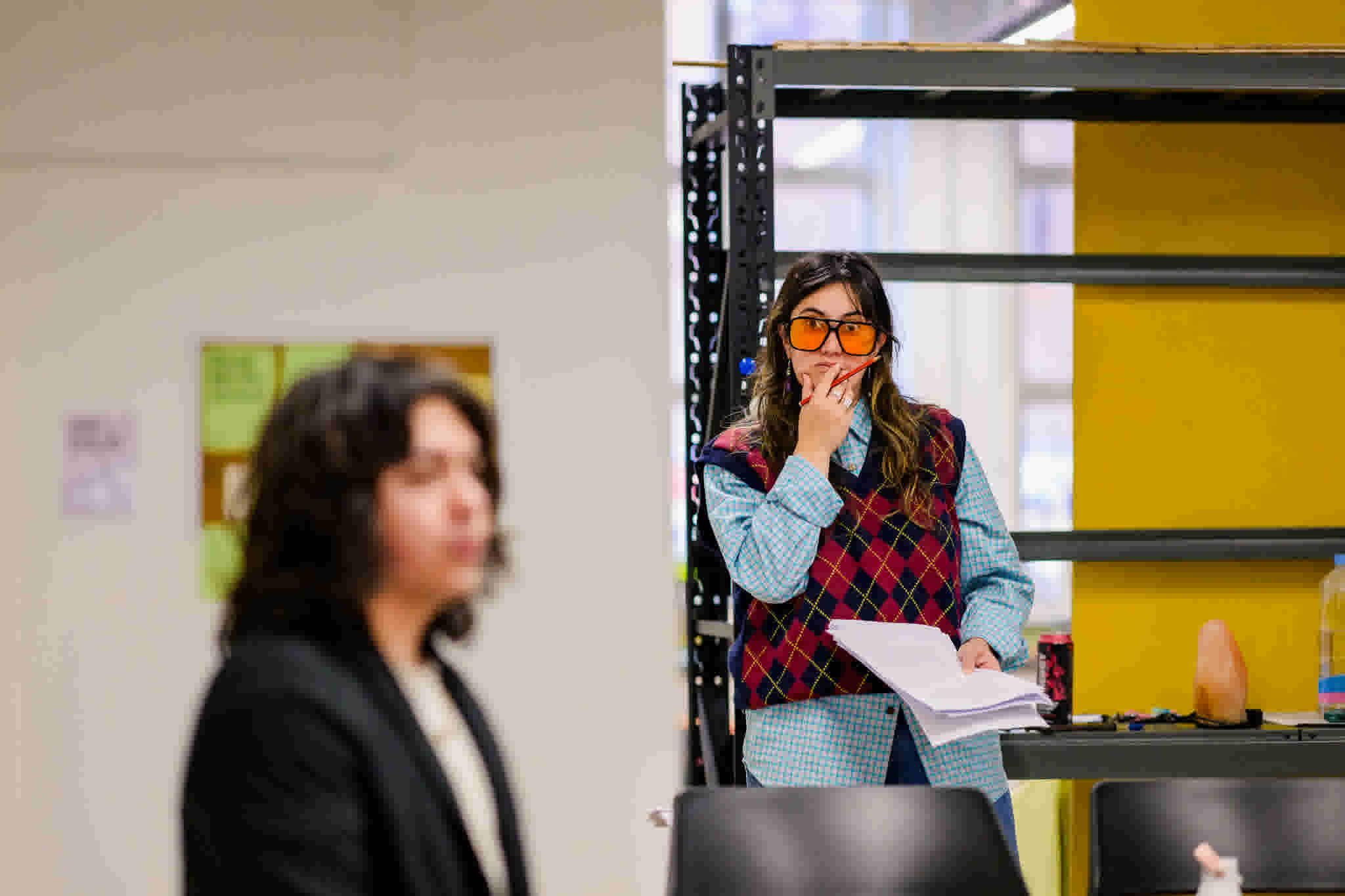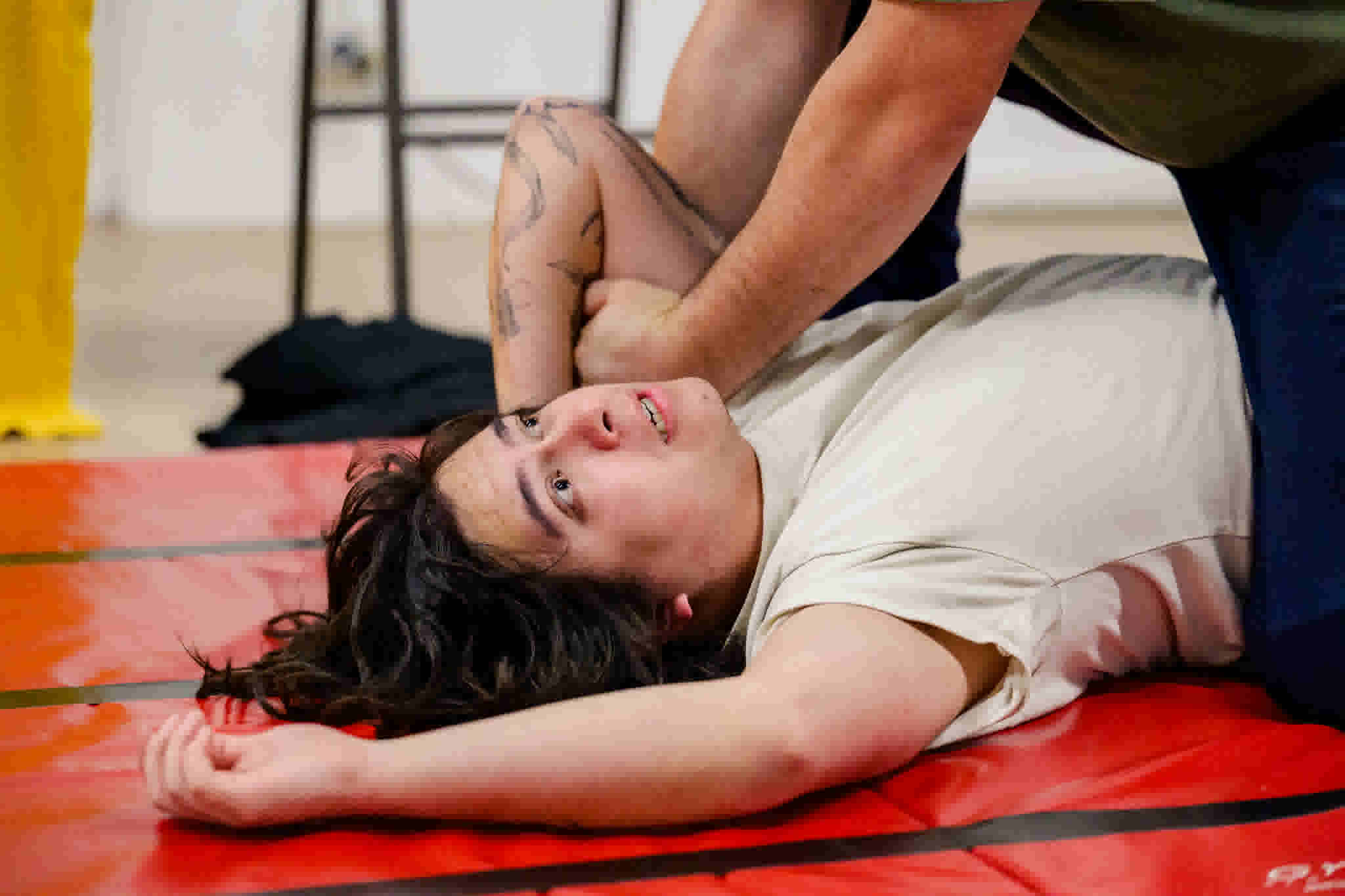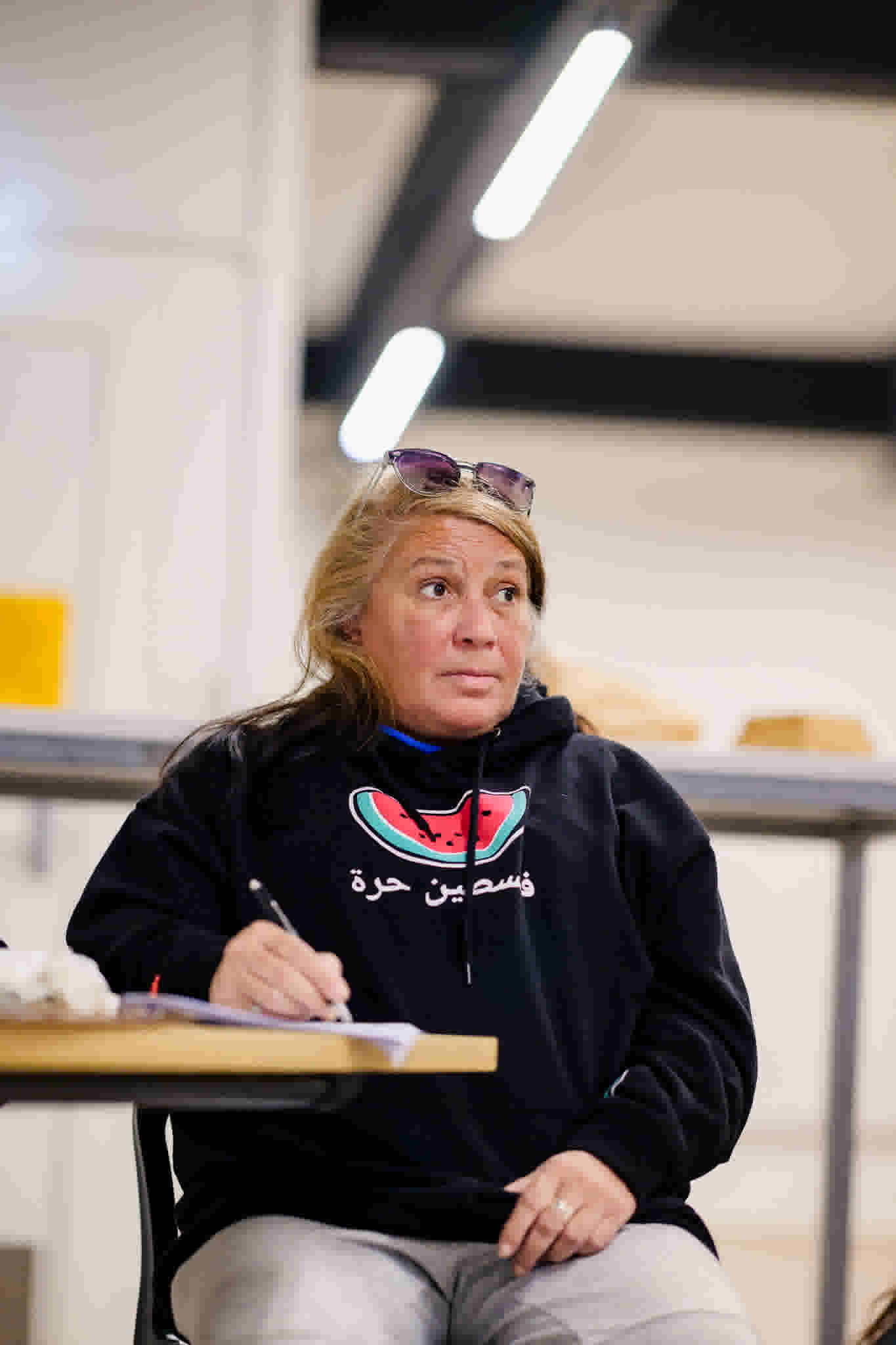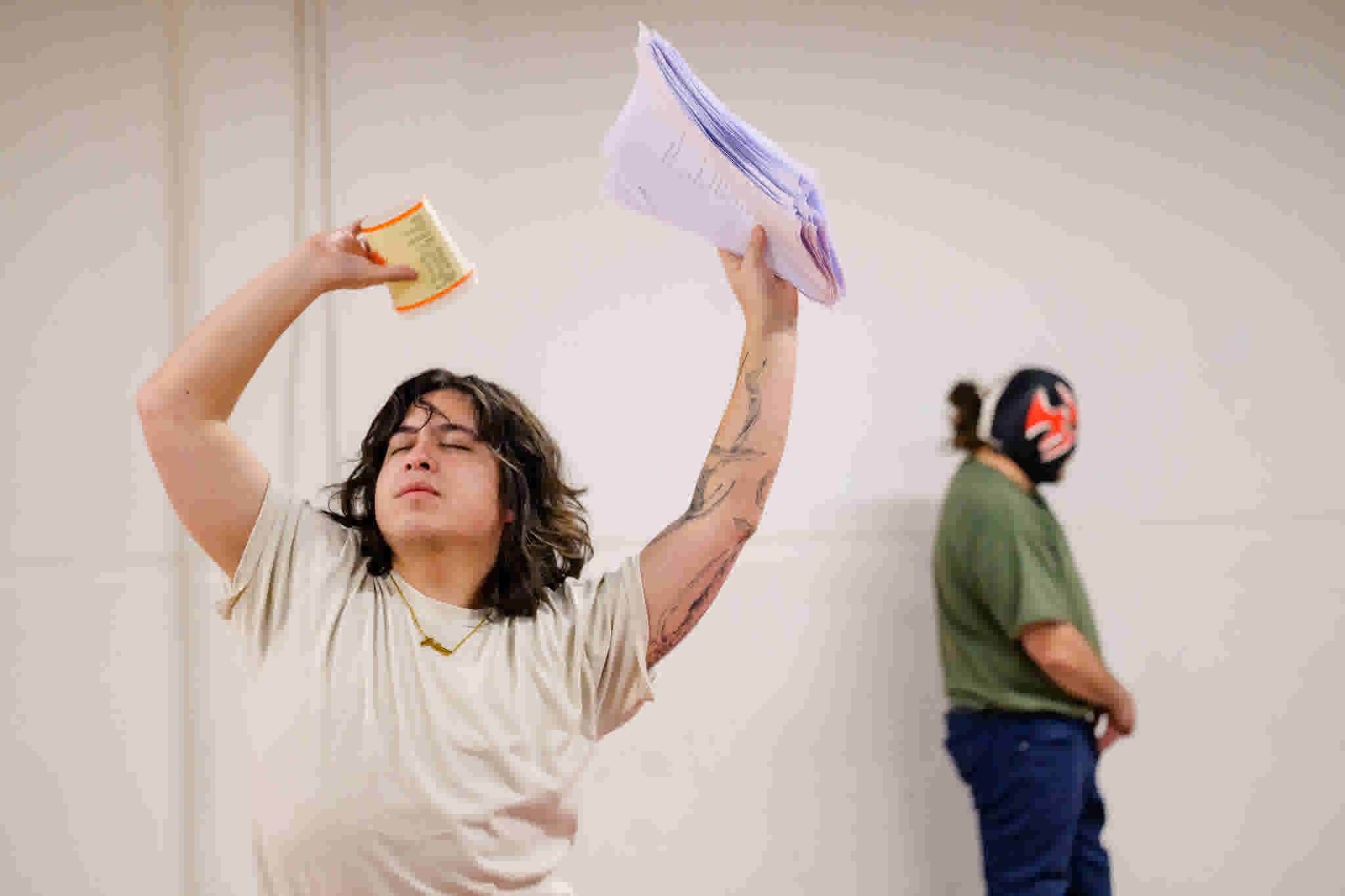SB: Hi Sean.
SDR: Hi Sam!
SB: You've done a lot of facilitating and helping people get their work on stage. What was the catalyst for you to actually be like, "I want to put me and my art on stage"?
SDR: I think it's something that grew out of necessity. I've been following the thread of this work for a long time since 2021. Each time I've done it in the past, I've further removed myself from it as a performer. With this iteration, I finally realised that it does have to be me telling my own story - which is a crazy thing to do as an actor.
During the writing process, I was laying down a challenge to my own practice - recognising the things I know I can do really well as a performer and the things I'd like to do as a performer but I haven't had the opportunity to do yet.

SB: How did you curate the team around you to help you be the best artist you can be on stage? What was that process like?
SDR: In a beautiful way, this iteration of the show is a culmination of my time in Auckland. It's profound to me that these are people I've been working with since I first moved to Auckland.
These are the connections that have grown, like working with Nī at ATC, working with you across multiple shows, Nahyeon across multiple shows. This is community building that started in 2022.
For me, I think an important part of this show was bringing artists on board who have been through a bit of shit. Like, it's heavy stuff. I guess people who have been through a lot of shit will know what it's about. You know?
SB: Yeah. If I think about who's involved in this show - Nī, Jen Lal, Tyler - it's people who are gonna have a laugh and aren't necessarily going to take it home with them.
I think grief is an interesting part of the show. Grief is such a scary word to so many people, but this show holds grief in a very irreverent way. It doesn't treat grief as an emotion, but as a process you work through.
The show does feel like such an artistic statement of what you're interested in expressing and who you want to express it with. What parts of yourself - both the artist and performer - are the most important for you to frame?

SDR: Inside the show - and myself - the most important thing is this idea of contradiction. Everything is sacred and nothing is sacred. Everything is stupid and silly, and everything is deeply serious and matters so much.
This show is reckoning with all these ideas, like what is a good person and what is a bad person. There is no set definition of what a person is. When you're excavating lives, you'll find there are multitudes.
I'm interested in form, breaking down the traditional viewing experience, what an audience can experience and how we can invert an audience's expectations.
SB: Is there a bit of form in this show that you are especially proud that you achieved and encompass on stage?
SDR: I think that solos are always - no matter how far away they are from a person - an excavation. It's something that is deeply personal. You're playing these characters that are so far away from yourself but also exploring this idea of reconciling with something.
What I'm really proud of, in terms of form, is that this show was based on my dad’s eulogy. Most of this show is my dad’s eulogy verbatim. I think taking and subverting and disrespecting and honouring that text all at the same time is something that this show has been able to do. I think carrying those multitudes is really hard and I'm really proud of this show for being able to do that.

SB: Nice. And my last question.
SDR: Ask your final question Sam!
SB: I feel like this is the first time that you're being the sole lead creative on a show. It's not a show that you're facilitating or co-creating. What's the thing that excites you the most about this being your first solo show with a bunch of people who helped you on your journey? What excites you about your debut as the lead creative?
SDR: I guess I never really think of it like that. I feel the same amount of ownership about this show as I do when I'm working on other people's babies. It is different because I've written this but when I collaborate with people, like Janaye Henry, I feel a deep love. I think it works similarly with this work.
The only difference is that I'm not doing the holding this time. I'm being held - by Nī, by Nahyeon. That experience is really lovely, being held inside this thing I've made.
The thing that I'm excited about is seeing this thing that I've put onto paper transform. Everyday, Nī puts their offer on the floor. Tyler puts an offer on the floor. Grace, Jen, and Paige come in and offer to build the world around the floor. That's not something that I experience often because I am usually on the other side of that.
SB: Can you expand on that a bit? I'm just personally curious now because that's exclusively my own experience.
SDR: I feel like I'm always the person seeing somebody else's script or treatment and saying, "Oh, that's brilliant. Here's how I can support what you've built."
Nī excavates thoughts from my script. It's weird to have someone pick apart what I've written down. Normally, I'm so used to building all the muscles on the skeleton. To have it flipped is honestly surreal - to have somebody else examine my work and twist and turn it into something bigger than anything I ever thought it would be.


